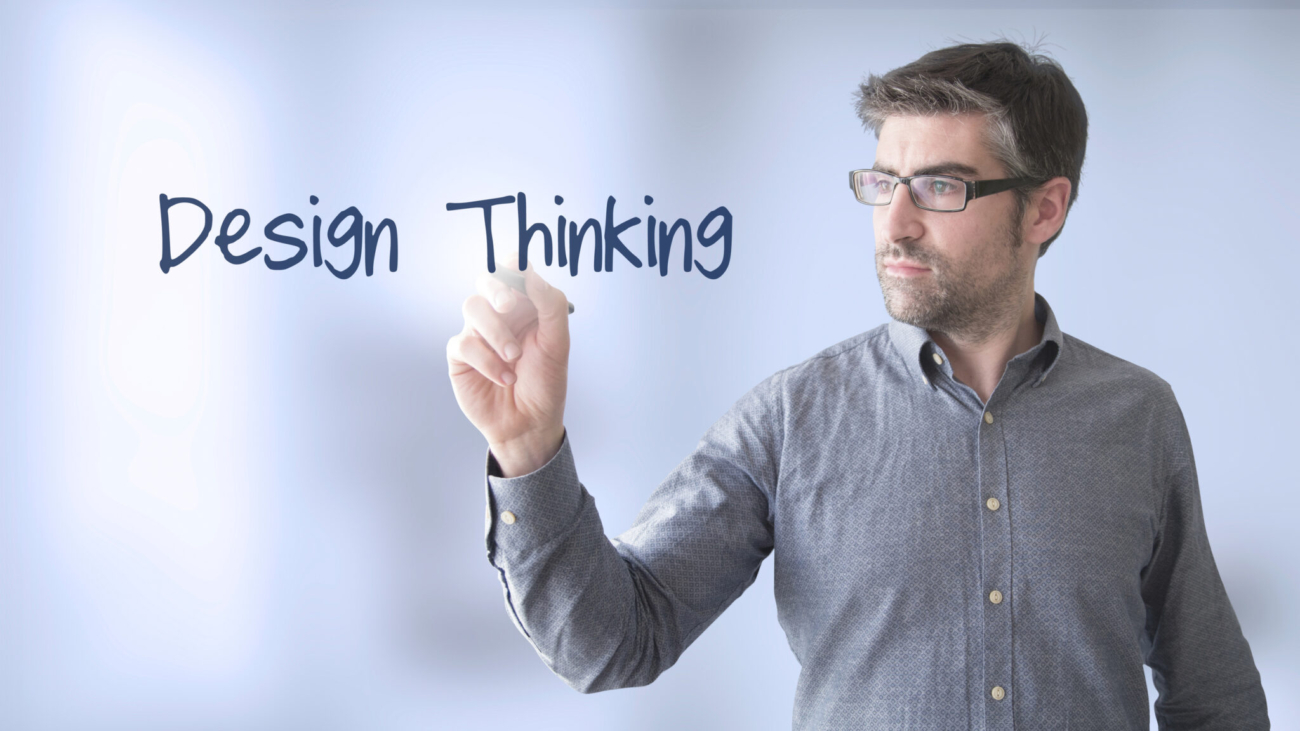Developing new and innovative marketing solutions can be tricky and challenging, especially for real estate agents who want to boost their business in a very competitive market.
Just recently, the concept known as design thinking has been touted as an ideal solution to such challenges and has dramatically become a popular method in solving problems for businesses.
With design thinking, marketers are made to become more empathetic in developing their communication processes with customers. This is rightly so because studies have shown that customer experience contributes largely to brand loyalty, preference, and sales rate.
One of the best approaches in ensuring success for your real estate business is to develop a strategy that prioritises customer-centric engagement programs and brand experiences- this is where design thinking applies to.
The design thinking concept
This design methodology is focused on solving human-related issues and problems. It does not necessarily mean making a product or brand look appealing or trendy for your target consumers, rather it is a systematic approach on problem-solving that drive marketers to develop new and exciting ideas that relate and speak to customers.
It transcends beyond traditional business models and centres on customer empathy and real-world experiences and experiments.
It also empowers marketers to develop marketing action plans and strategies by using the best content specific to target audiences based on personas and profiles.
The stages of design thinking
Just like any sort of methodology, design thinking goes through a series of phases or stages that contribute to the project or campaign developed by its designers.
Do take note though, that the stages do not necessarily follow a strict step process, as results can often occur during a phase that is yet to take place or that a step needs to be repeated for impacts to occur.
Five stages for marketers
- Empathise with customers based on perceived and different situations.
- Define the core problems by approaching it with a problem-solving mindset.
- Brainstorm ideas to generate better solutions to existing issues and problems.
- Develop scenarios of ideal user experiences based on customer perspectives and make product prototypes based on those inputs.
- Test your product to eradicate potential problems that may occur along the way or as a result of using the product.
How to get started
The first thing to do is to always step away from your own beliefs and market stereotypes by looking at your objectives and goals from a customer’s perspective.
Making a connection with customers is the initial step in planning for a marketing campaign and the approach needs to resonate with the audience. It should be considered that the focus of the campaign is not just about the services and products, but on how it could promote a good customer experience.
One major challenge facing most marketers and real estate marketers is how they can reach their audience on a personalised basis, mainly because people have different preferences and gets engaged in different ways.
Add to that are people stand the risk of becoming disengaged if the agent or marketer fails to reach out to them based on their expectations.
To better understand how to carefully develop a strategy of design thinking, it is the best focus on the following points;
-
What pain points are common in target customers
Marketers and agents need to stop and consider how they identify this and find a way how they could factor in empathy into the equation. They need to pay attention to what is going on and what is causing all these pain points.
Aside from putting themselves in the shoes of consumers, it is also a good approach to look at reviews and feedback from customers, that way you may be able to identify and determine how to position yourself and offer a unique offer or solution.
-
Scenario building
This is best approached by asking the question “what if?” so you can innovate and be creative with your ideas and solution propositions. You can do it by bringing in experts, customers, and people who may be related directly to your product or service so you can get the best ideas from all of them. The more people are involved, the more innovative and creative ideas are likely to appear.
-
Identify what works
This is the stage where experimentation occurs, which can help you determine what customers want and what you can do from your end to provide them with a service or product that meets all these expectations.
Evaluating ideas generated are critical and develop concepts using existing resources to help you create the best prototypes, share to your market and gather feedback.
Create your team that shares your vision
Your design thinking approach is best played when you have a team that shares all your ideas, visions, and direction.
A great team is one that develops a culture around your goal concepts and cross-functional specialties that include design, customer experience, marketing, and technology.
- Content – A key role in any marketing strategy, content is critical in attracting, engaging, and delighting audiences who can generate revenues for your business.
- Acquisition- This is another key role that will generate traffic, produce leads, and come up with front-end sales.
- Monetisation- This is also a critical role where members are responsible for converting leads to customers.
In summary, design thinking is all about understanding your customers and this is how your real estate business can resonate effectively with your customers and become your formula for success.

